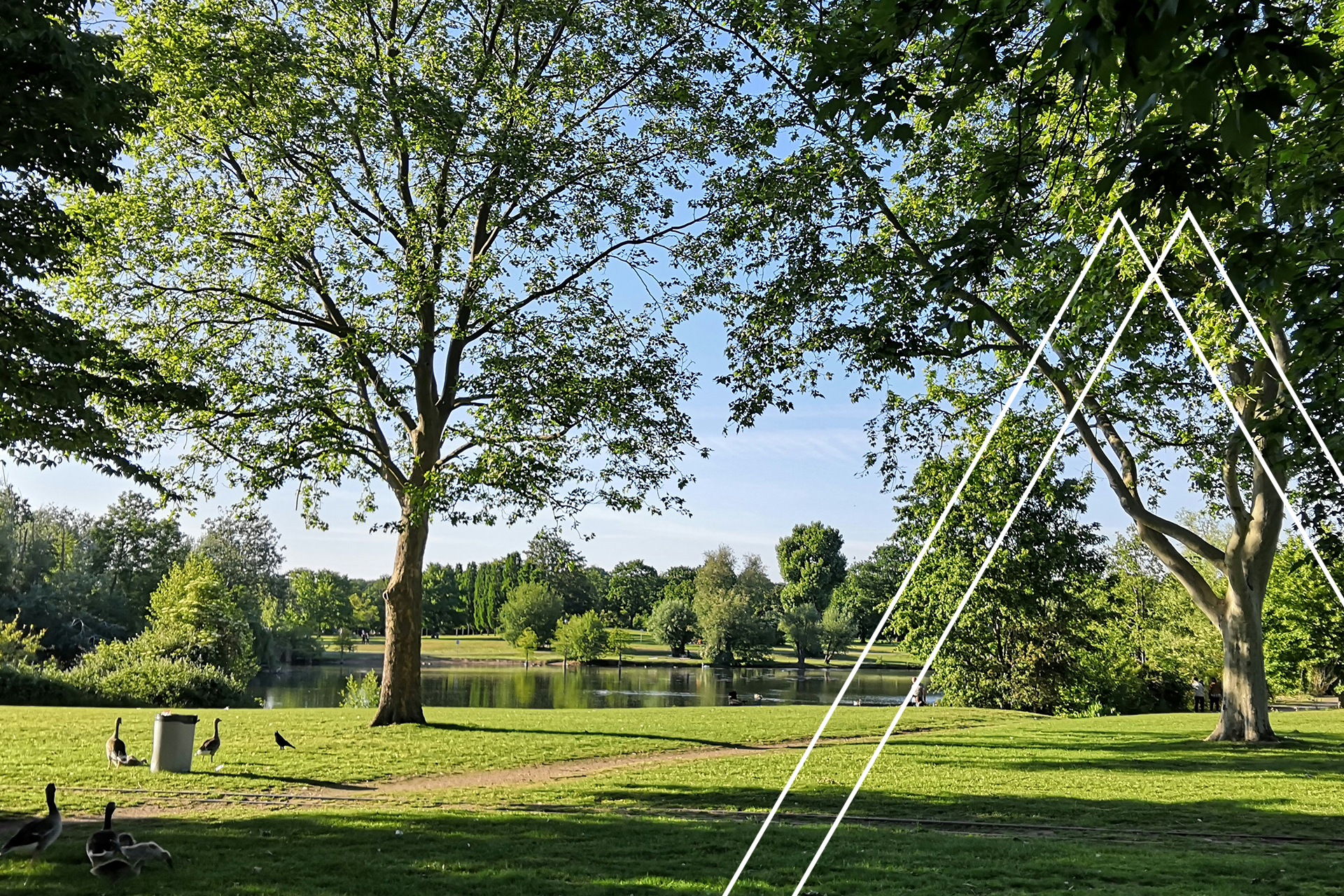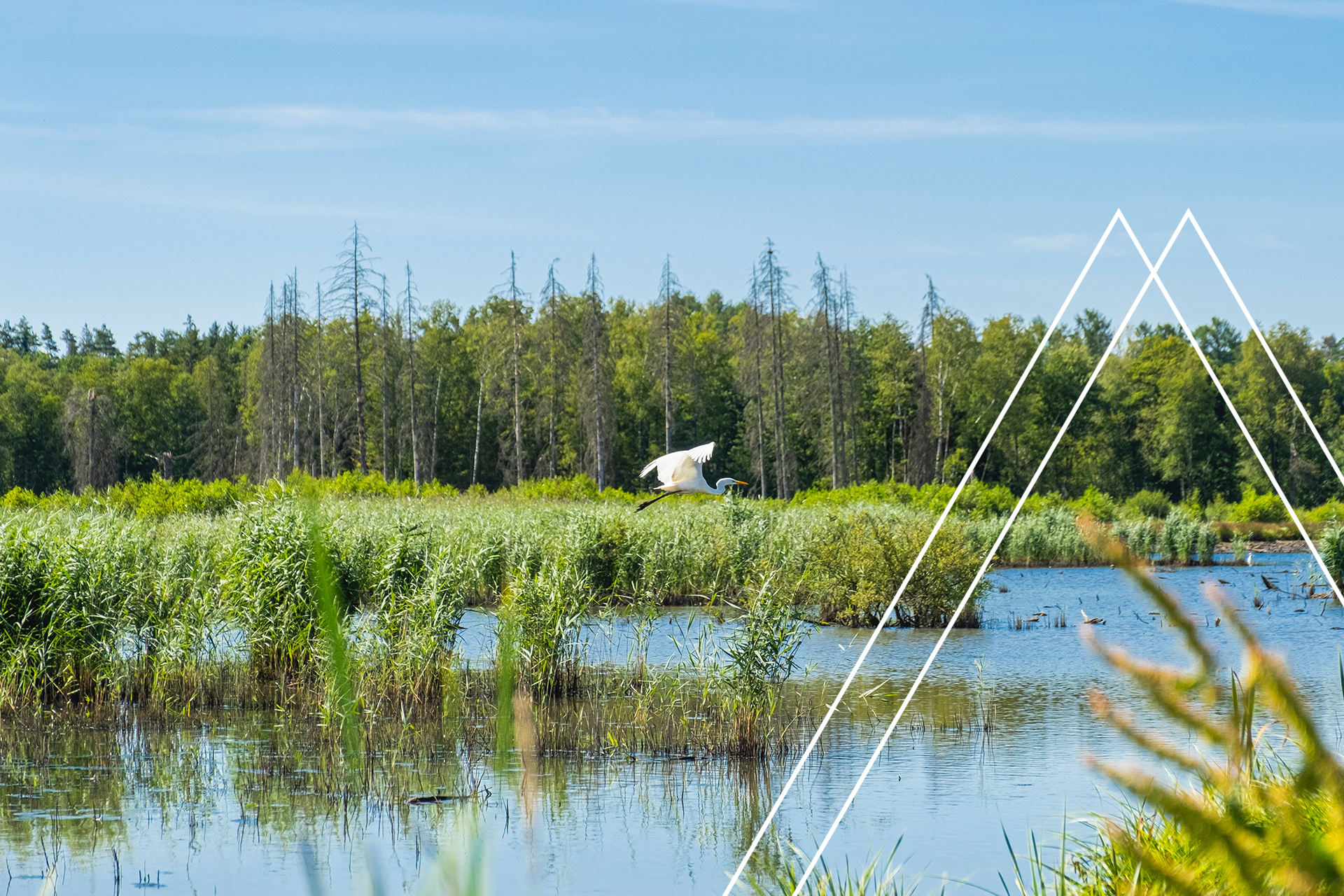Interview with an ESG Due Diligence auditor
Assessing the sustainability performance of a property has become increasingly important in recent years, alongside the financial, operational and fiscal analysis of buildings. By looking at ESG (Environmental, Social and Governance) factors in real estate, costs can be reduced and value enhancement opportunities realised. The best way to determine sustainability performance at the building level is through ESG Due Diligence (ESG DD).
What does this mean in detail?
I pursued this question together with my colleague Sebastian Rienäcker, who is an experienced ESG DD auditor.
Mr Rienäcker, you have been carrying out ESG DDs for many different clients throughout Germany for several years. Can you briefly explain what is meant by this?
An ESG due diligence is a type of audit that covers the main environmental, social and governance (ESG) fields. The categories differ between existing properties and new construction projects. For each individual category, I look at different aspects. For example, in the environmental field, I look at water and energy efficiency, waste management as well as resilience and create a possible climate protection roadmap. In the social area, I look at factors such as health and well-being, mobility, but also stakeholder engagement. Finally, governance deals with various legal areas, such as the examination of conformity in the areas of fire protection, hazardous substances and energy saving regulations (according to the Buildings Energy Act - GEG).
How does a typical inspection for an ESG DD look like and how can a contractor prepare for the audit?
Depending on the type of project, an inspection for an ESG DD can take between two and four hours. The size of the property is decisive. Small logistics halls are different in terms of technical equipment and complexity than huge office complexes with retail mixed use.
In contrast to a technical due diligence (TDD), where every technical detail and every structural defect is scrutinised, the focus of ESG DD is rather on the holistic consideration of the property and its risks in the environmental, social and governance fields described above.
To prepare the report, I need various documents such as a building description, a heat insulation certificate, an open space design plan and information on contaminated sites. Furthermore, a personal on-site inspection is essential. During this inspection, I check, among other things, the technical building equipment, such as the ventilation system, the type of heating, lighting and the water meters of the building. In addition, I measure the water flow of the fittings on site to determine the water efficiency as well as the light intensity at the workplace to check whether it complies with the workplace directive. The inspections usually take place with a building technician or a member of the facility management staff, as I need access to the technical and rental areas. This is the only way I can gain an adequate and holistic impression of the property.
Finally, I conduct some internet research for some important aspects of the ESG DD. This research is indispensable for me, especially in the areas of mobility, such as public transport connections and connections to cycle paths, internet connections and possible natural risks such as floods, heavy rain, storms or radon.
One special feature you mentioned is the so-called climate protection roadmap. What is this?
The climate protection roadmap is mainly about a building’s ecological footprint - i.e. the greenhouse gas emissions - and how this can be minimised by 2050. The special feature here is the temporal component. This precisely describes the increasing CO2 emissions reduction targets and final energy consumption till 2050. Since buildings are supposed to achieve specific savings targets by 2050 according to the Paris Climate Change Agreement, certain key figures apply.
How can such a plan be prepared?
In order to create the climate protection roadmap, I first describe the current status of the building. Through the energy sources consumed in the building and the refrigerants used, I determine the current CO2 emissions and set them in relation to the building area. Based on the location and type of use, I can finally determine building-related development paths for the next 30 years. These development paths include annual maximum values for CO2 emissions and final energy consumptions.
The end result is that by 2050 at the latest, buildings will be operated in an almost climate-neutral manner. The higher the current emissions for a building, the greater the efforts that will have to be made by 2050. My task as a consultant is to develop technically feasible and economically viable measures that - staggered over the next 30 years - ensure operation in line with the requirements of the Paris Climate Agreement.
That sounds extremely interesting. Are any other special features considered?
ESG DDs overlap thematically with current Green Building certifications, especially those that primarily assess building operation. It is therefore quite common for ESG DDs to be combined with so-called pre-checks. These allow me to make an initial assessment of what rating a building could achieve within the framework of a Green Building certification. On this basis, a decision can then be made as to whether the path of certification should be pursued. Furthermore, we have to assess whether measures should be implemented in advance that would lead to a more favourable certification result.
Let’s also not forget the ESG taxonomy, which now plays a significant role in ESG assessment. Selected indicators of the ESG criteria catalogue are specified in such a way that they address the project qualities queried in connection with the EU Taxonomy Regulation and allow an assessment of the project's conformity with this Regulation.
So many aspects are considered in the ESG DD. Finally, how long does it take between the commissioning to the finished report?
That depends on the project. As mentioned before, it can differ if it’s a small, technically simple logistics hall compared to a large office building with retail. As a rule, one to four weeks is common. The availability of information on the property is also decisive for processing times. If complete data is available for commissioning the project, then the documentation can be prepared quickly.
Mr Rienäcker, thank you for the interview.
If you have any further questions or would like more information about an ESG DD, please contact us or Mr Rienäcker personally. We look forward to assist you.









Head Office, Berlin,
Neue Grünstraße 17 | 18 Hof 1 | TRH 3
10179 Berlin
© ES EnviroSustain GmbH 2021




